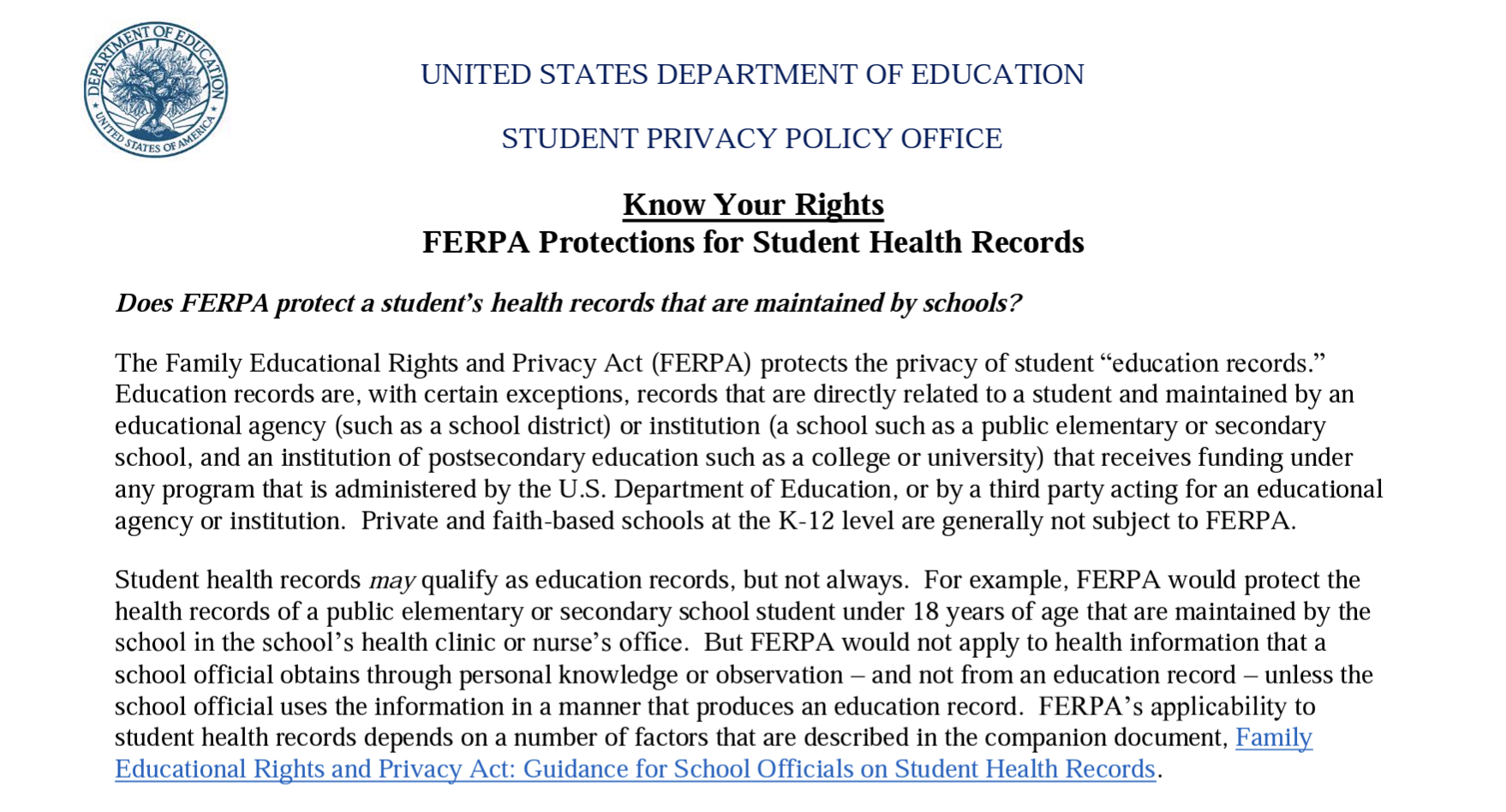This resource is provided by ACSA Partner4Purpose Lozano Smith.
In the ongoing battle against the opioid epidemic,the California Legislature recently passed Melanie’s Law in an effort to prevent fentanyl overdoses in California public schools. The law is named after Melanie Ramos, a 15-year-old who tragically lost her life to a fentanyl overdose in a high school restroom.
Background
According to the Centers for Disease Control and Prevention (CDC), fentanyl is a synthetic opioid that is up to 50 times stronger than heroin and 100 times stronger than morphine. The National Institute on Drug Abuse states that “synthetic fentanyl is sold illegally as a powder, dropped onto blotter paper, put in eye droppers and nasal sprays, or made into pills that look like other prescription opioids.
Fentanyl is a major contributor to fatal and nonfatal overdoses in California and throughout the nation. The Los Angeles County Department of Public Health reported that fentanyl accounted for 92% of overdose deaths among youth (ages 12-17) in 2021, which was higher than the percentages reported for older age groups (80% for ages 18-25 years; 52% for ages 26+ years).
New Legal Requirements
For schools serving students in grades seven through 12, including charter schools, Melanie’s Law requires their school safety plans to incorporate protocols for responding whena student suffers or is reasonably believed to be suffering from an opioid overdose.
Melanie’s Law also encourages county offices of education to establish county working groups on fentanyl education in schools for the purpose of outreach, building awareness, and collaborating with local health agencies regarding fentanyl overdoses.
Additionally, Melanie’s Law requires the California Department of Education to publish informational materials on its website that address awareness and safety advice for preventing an opioid overdose.
Melanie’s Law includes a statement that it is the intent of Legislature that, in response to an incident involving a student’s misuse of an opioid, a school should use alternatives in lieu of a referral to a law enforcement agency, so long as it is not in conflict with any other law requiring such referral. Alternatives to reporting the student may include restorative justice practices, trauma-informed practices, social and emotional learning, and schoolwide positive behavior interventions and support.
Takeaways
Schools serving students in grades seven to 12 must ensure that their school safety plans incorporate protocols for responding to student opioid overdoses. County offices of education should consider establishing county working groups on fentanyl education in schools for the purpose of outreach, building awareness, and collaborating with local health agencies regarding fentanyl overdoses.
If you have any questions about Melanie’s Law or want to discuss any legal matters pertaining to your school safety plan, please contact an attorney at one of Lozano Smith’s eight offices located statewide.




































